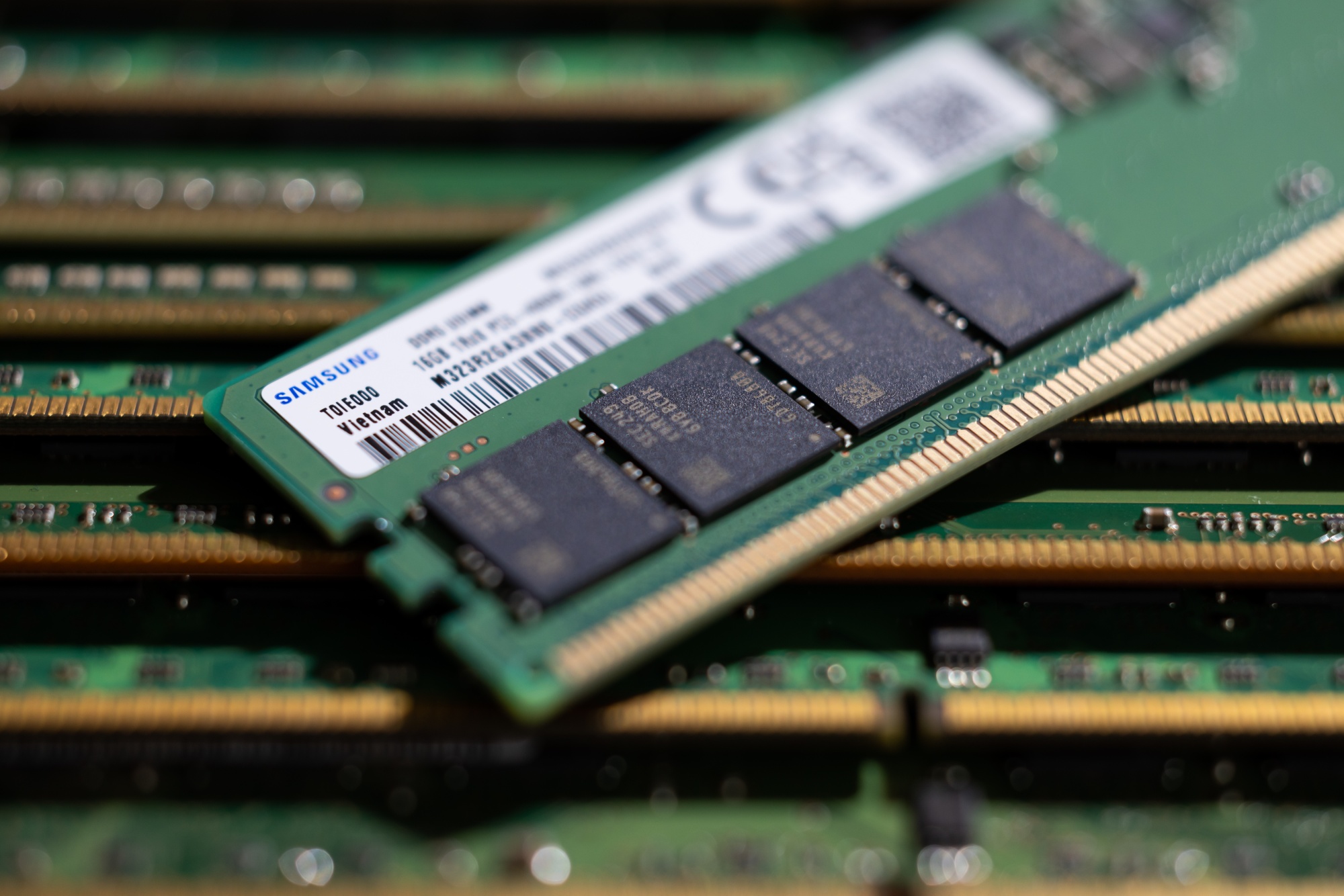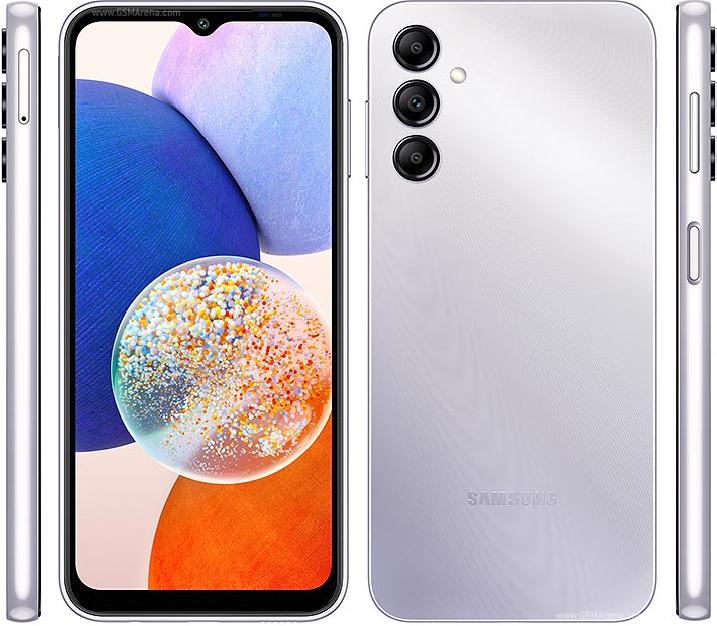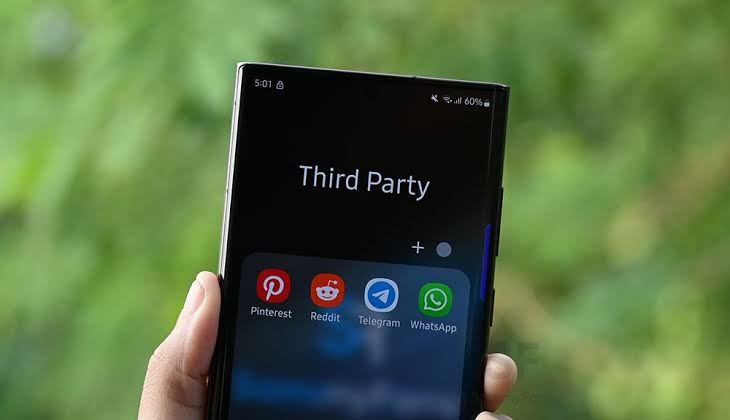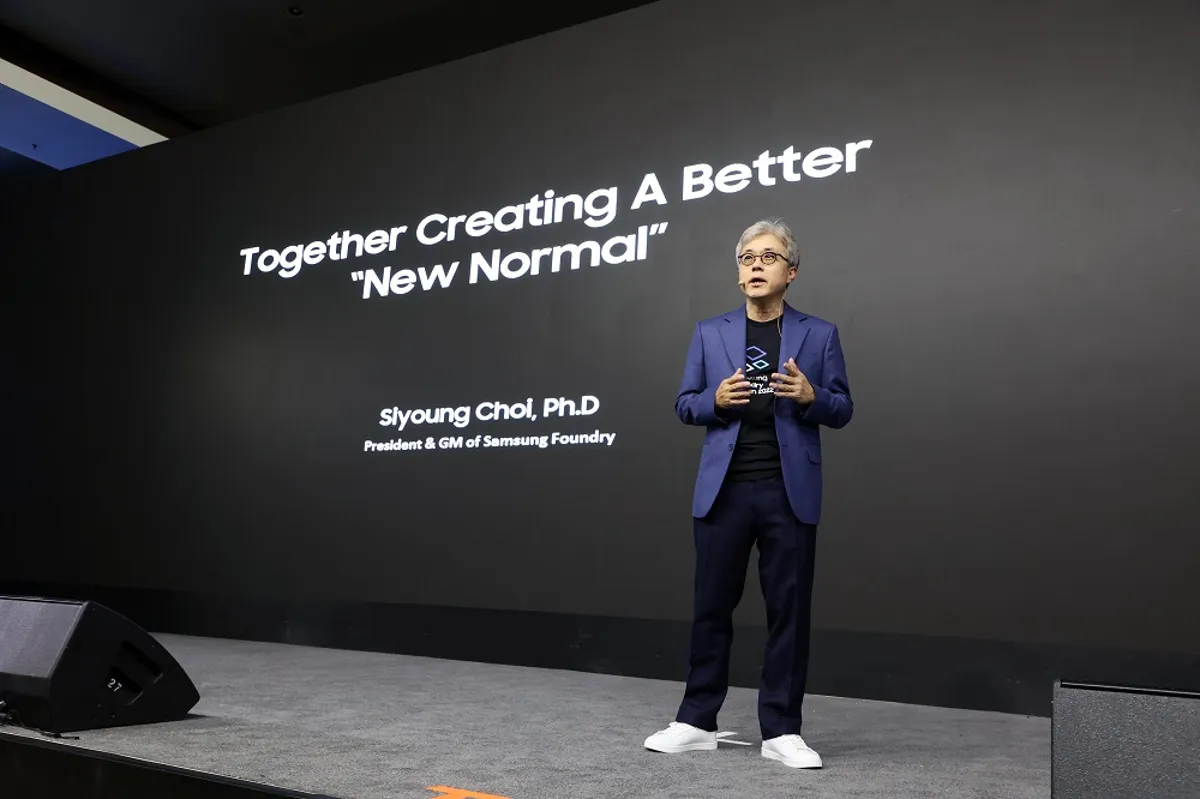We both recognize the importance of smartphones in everyday life. Working from home, gaining access to crucial data, and engaging with coworkers are more productive.
These tools have allowed people who couldn’t previously use technology to have access to it. Using accessibility capabilities like voice recognition, screen readers, and magnifiers, people who are deaf or hard of hearing can use smartphones just like everyone else. No matter where you are in the globe, staying in touch with loved ones is simple with the help of apps like WhatsApp, Facebook, and Instagram.
However, the market offers so many options that finding the right smartphone can be challenging. It’s not only about getting the latest phone with the best camera. To get the most for your money, consider various criteria.
Read also: How To Use Your Smartphone as a CCTV Camera Without Internet
Here are the things to consider before choosing the right Smartphone
We’ll cover smartphone basics to help you buy. These tips will help you choose a smartphone, whether you’re a technophile or a casual user.
What is its processor?
The processor is without a doubt one of the most crucial things to take into account when deciding which smartphone to purchase. Your phone will function efficiently, process information rapidly, and offer a seamless user experience if it has a high-quality processor. Your smartphone may lag or freeze without a strong CPU, making it annoying and challenging to operate.
You can multitask with ease while playing games, streaming videos, and switching between programs on a quick desktop. Thus, a good processor is necessary for a fantastic smartphone experience. Don’t compromise on performance; invest in a smartphone with a strong processor for quick response times, seamless multitasking, and a fantastic user experience.
Guidelines
Casual users: A mid-range processor like the Qualcomm Snapdragon 600 series or the MediaTek Helio G series should be adequate for consumers who primarily use their phone for online browsing, social media, messaging, and light gaming. On your smartphone, these processors deliver respectable performance for routine tasks.
Power users: A flagship desktop like the Qualcomm Snapdragon 800 series or the Samsung Exynos 2100 would be a fantastic choice for consumers who routinely use demanding apps like video editing software, top-tier gaming, or AR/VR apps. These Desktops offer top-of-the-line performance and can handle demanding workloads without slowing down.
Budget-conscious buyers: While looking for a smartphone, those on a tight budget should focus on models with mobile processors from the MediaTek Helio A or P series or the Qualcomm Snapdragon 400 series. Despite being less potent than mid-range or flagship single-core processors, these ones are nevertheless capable of handling simple jobs and light gaming without any problems.
Battery-minded users: For those who prioritize battery life over performance, the Qualcomm Snapdragon 700 series and MediaTek Dimensity series processors are viable possibilities. These CPUs are designed to be energy-efficient, allowing them to give an excellent performance while conserving battery life.
Photographers: For photo and video enthusiasts, the Qualcomm Snapdragon 800 series or Samsung Exynos 2100 CPUs are good choices. These image-processing devices can handle high-resolution photographs and films without lag.
Do you like its phone screen?
We utilize our smartphones’ displays for movies, gaming, and social media. An excellent display may offer an immersive and engaging experience. The display’s brightness, color accuracy, resolution, and size influence a smartphone’s quality. Thus, don’t ignore the display while buying a phone. You’ll never regret buying a gadget with a fantastic display.
Guidelines
Casual Users: IPS phones are good for casual users who text, browse social media, and watch videos.
These displays offer good color reproduction and viewing angles at a lower cost compared to other display types.
Gamers: OLED or AMOLED smartphones offer rapid response times and smooth images. Gamer-friendly panels include quicker refresh rates, shorter input lag, and deeper blacks.
Photographers: Use an OLED or AMOLED smartphone for color fidelity. These panels provide superior color accuracy and deeper blacks for photo processing.
Outdoor Users: Choose a smartphone with high brightness and outside visibility if you use it in bright sunshine. OLED and AMOLED displays have superior brightness and contrast ratios; however, certain high-end LCD panels are also good for outdoor viewing.
Content creators: A smartphone with a Quad HD or 4K display is ideal for editing videos and photos on the road. While editing, these monitors offer greater screen space and crisper photos.
How long does a battery last?
Battery life is crucial when purchasing a smartphone. A powerful phone that dies midday is useless. A long-lasting battery is crucial for everyone who uses their phone for business, communication, or leisure. A smartphone with a long battery life lets you watch films, play games, surf the web, and take pictures without charging. A phone with a long battery life can save you money by eliminating the need for charging cases and other batteries. If you want your smartphone to be ready when you need it, buy a device with a long battery life.
Guidelines
Casual Users: If you mostly use your phone for messaging, checking social media, and calling, a smartphone with a 3000mAh to 4000mAh battery should last all day.
Heavy Users: For gaming, streaming, and other resource-intensive operations, a smartphone with a battery capacity of 4000mAh to 5000mAh or more is advised. Fast-charging smartphones are also useful for rapid top-ups.
Business Users: If you use your phone for work-related duties like emailing, video conferencing, and document editing, a 4000mAh to 5000mAh smartphone is advised. A removable battery phone lets you replace the battery when it runs low.
Outdoor Users: If you frequently use your phone in regions without power, a smartphone with a 5000 mAh battery is advised. Power-saving phones also extend battery life.
Travelers: A smartphone with a 4000mAh to 5000mAh battery is recommended for regular travellers who use their phone for navigation, translation, and other travel chores. Wireless charging lets you charge your phone anywhere.
9 Google products that are powered by AI
How much storage do you need?
Consider what a smartphone can accomplish and how much it stores in terms of photos, videos, music, and apps. Storage first, right? “You’re out of storage space” after installing a vital app?
Low storage slows your phone. A phone needs enough storage to be effective. Don’t skimp on stockpiling when buying your next smartphone.
Suggestions
Light users: If you mostly use your phone for calling, texting, accessing social media, and occasionally shooting photos, 32GB of storage should be sufficient.
Average users: If you frequently browse, stream videos, play games, and take photographs and videos on your phone, then 64GB or 128GB of storage would be appropriate.
Heavy users: If you often save huge games, high-resolution images, videos, music, and other files on your phone, 256GB or more storage space is advised. Those who routinely record 4K videos should utilize this as well because they use a lot of storage.
Several smartphones support microSD card storage expansion. You can choose a lower storage capacity and upgrade it later if your phone supports this functionality.
How secure is this smartphone?
In today’s digital age, where cyber-attacks and data breaches are becoming more frequent, choosing a secure smartphone ensures that your personal information, such as passwords, bank account details, and social media accounts, are protected from unauthorised access by hackers or malware. Therefore, it’s crucial to invest in a phone that offers the latest security features, such as biometric authentication, encryption, and regular security updates, to ensure your data remains safe and secure.
Guideline
Watch for Basic security measures like setting a password or PIN, enabling two-factor authentication for important accounts, and updating the device and apps should be considered.
Higher security is recommended for work-related activities and storing sensitive data like customer data, business plans, and financial information. In addition to setting a strong password or PIN and enabling two-factor authentication, they should use a secure messaging app, install antivirus software, and enable remote wipe in case the device is lost or stolen.
Extra precautions should be taken for high-security activities like online banking or cryptocurrency transactions.
Use a VPN to encrypt your internet connection. Avoid public Wi-Fi and use a password manager to create and store unique passwords for all your accounts.
To restrict children’s access to inappropriate content, apps, and features, look for parental controls.






